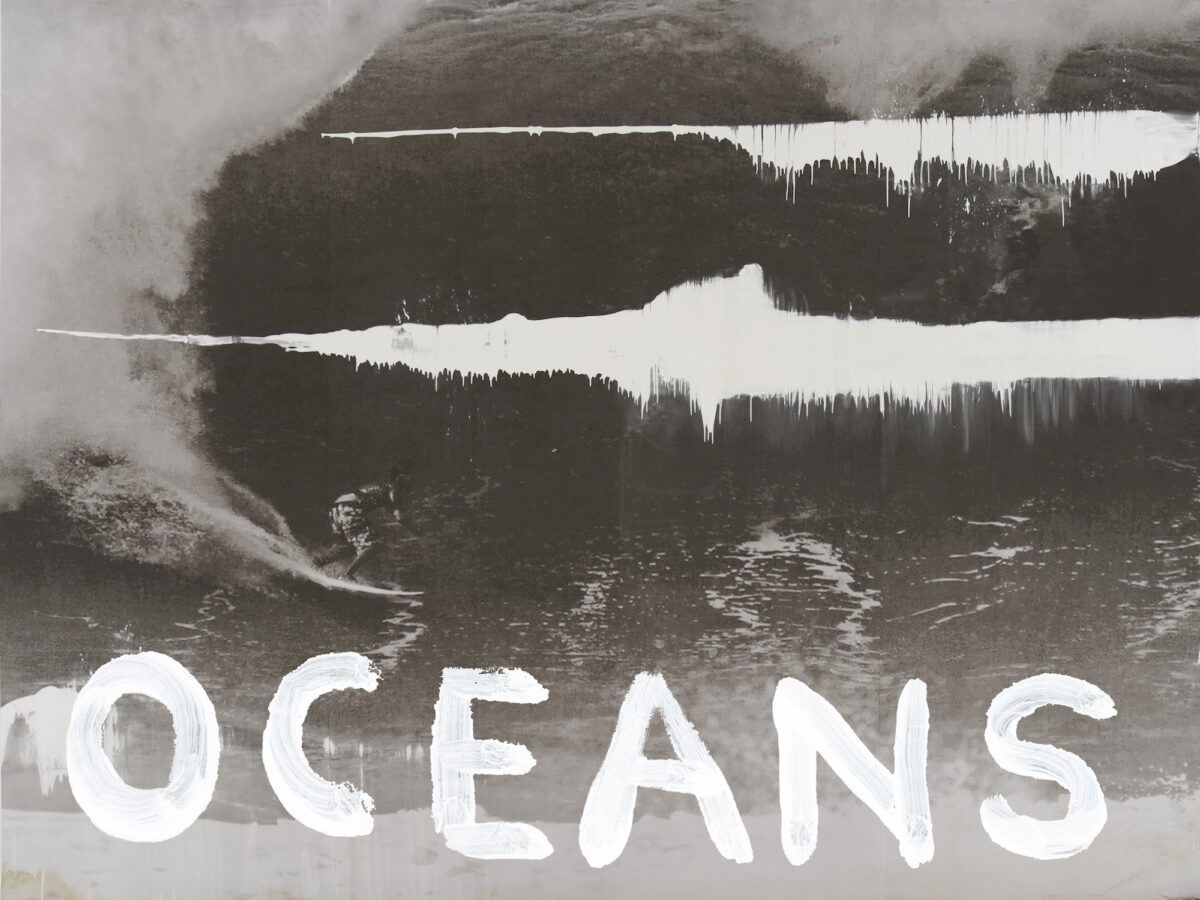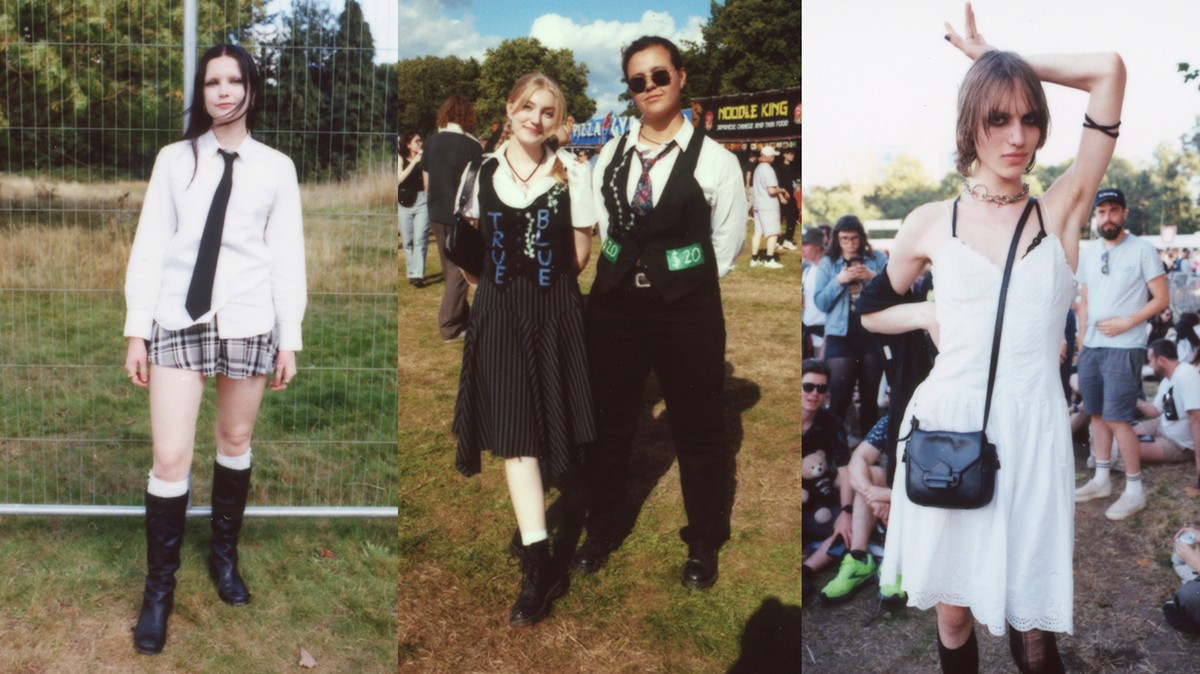Mr. Shadow 1
2018 - Photography (Photography)
112.5 x 167 cm
Nontawat Numbenchapol
The series of prints titled Mr. Shadow by Nontawat Numbenchapol engages with the history of and current state of militarization in Thailand. Each print features an invisible person, their silhouette only outlined by the military fatigues that they wear. The faceless figure in each work is pictured either in solitude or interacting with other camouflage-swathed ghosts. Ironically, the camouflage attire of each figure is the only part of them that is not erased by the artist. Photographed on a mountain range at the border between Shan State in Myanmar and Northern Thailand, the Mr. Shadow series epitomizes the haunting presence and effects of a militarized modernity and nation-state building across the region. In this iteration of the photo series groups of bodiless figures rest casually in the grass, seemingly in a state of waiting. In the foreground, four figures lounge in the field, their garments nonchalantly intertwined. The image is homoerotic, inherent to the homo-sociality of the army, and to the way the artist’s gaze captures desire. The pastoral scene also emphasizes the landscape—a geography contested and dominated by violence, dispossession, displacement, and migration. Though the compositions and imagery may differ across the images, what ties this series together is a temporal tension; there is a discernible sense of latent expectancy or apprehension that permeates the figures in waiting.
Nontawat Numbenchapol is primarily known as a film director and television screenwriter, widely recognized for his documentary work. His moving image work is considered part of Thailand’s film wave exploring politics and the social sphere through poetics and cinematography. His work often unpacks societal and historical complexities in the porous geographies of inland Southeast Asia. Through an experimental documentary aesthetic, Numbenchapol’s work captures the stories of local people, refugees and immigrants, people marginalized by neo-colonial capitalism, and portrays them as living archives. He has made films and photographic installations concerning the contested Thai-Cambodia border and the holy archaeological site at its epicentre. Numbenchapol’s Mobile Lab Project researches experimental ways of visual and sound perception in humans.
Colors:
Related works sharing similar palette

© » KADIST
Walead Beshty
2011Constructed out of metal or glass to mirror the size of FedEx shipping boxes, and to fit securely inside, Walead Beshty’s FedEx works are then shipped, accruing cracks, chips, scrapes, and bruises along the way to their destination...

© » KADIST
Prajakta Potnis
2020he woke up with seeds in his lungs by Prajakta Potnis is a set of x-ray films presented through backlit light boxes of found objects constructed to evoke the body or organs that turns the host into a foreign element...

© » KADIST
Joana Hadjithomas & Khalil Joreige
2017Produced for the Prix Marcel Duchamp and presented at the Centre Pompidou in October 2017, the installation Uncomformities is comprised of photographs, archaeological drawings, and narratives, based on the analysis of core samples from different sites in Beirut, Paris and Athens...

© » KADIST
Chemi Rosado-Seijo
2016Map of the Universe from El Cerro continues Chemi Rosado-Seijo’s long-term engagement with the community of El Cerro , a rural, working-class community living in the mountains of Naranjito, Puerto Rico...

© » KADIST
The Feeling Sense An illustrated conversation with Leslie Shows and Ross Simonini What is the relationship between art and the language that surrounds it? Must an artwork be explained, decoded, or carry a fixed meaning? When you approach an object, where in your body do you feel it? Does it affect you in ways you cannot verbally describe? The “Feeling Sense” is the perceptual capacity of any living organism to encounter their environment...

© » FAD MAGAZINE
Art Basel and Parley for the Oceans launch partnership at Art Basel Miami Beach 2023 - FAD Magazine Skip to content By Mark Westall • 4 December 2023 Share — Art Basel and Parley for the Oceans have announced a partnership and launch ‘Art for the Oceans’, a global fundraising initiative to protect Oceans, Climate and Life against plastic pollution, climate change and biodiversity loss...














